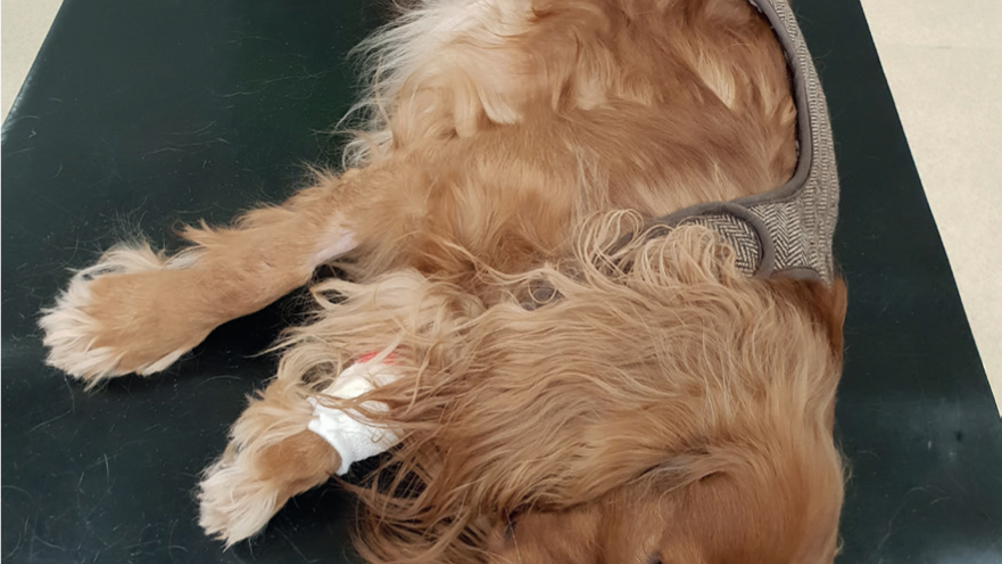References
The seizuring canine patient

Abstract
Seizures are very common in dogs and cats — the estimated prevalence of canine idiopathic epilepsy is 0.6% in the first opinion canine population in the UK. Patients that seizure due to metabolic disturbances or poisonong can be treated short term until imbalances are corrected. This artical explores the many types of seizures, where they originate from, and the importance of nursing care for the neurological seizure patient.
A seizure can be defined as a non-specific paroxysmal, abnormal event in the body. A seizure relating to epilepsy is the clinical display of excessive abnormal neuronal activity in the cerebral cortex (Podell, 1996). Neurons transmit information through electrical and chemical signals in the central nervous system (CNS). A seizure is a sudden, uncontrolled disturbance of these neurons in the brain.
Causes of seizures can be split into two different classifications. Intracranial causes and extracranial causes. Intracranial are functional diseases such as idiopathic epilepsy (Casimiro da Costa, 2009). Brain tumors and other structural diseases are also intracranial causes. Extracranial diseases are mainly metabolic and can occur when the patient's electrolyte levels are disturbed, or blood sugar levels drop too low (hypoglycaemia). Lead poisoning leading to seizures is also an example of an extracranial cause (Casimiro da Costa, 2009). Intracranial diseases cause most seizures seen in dogs.
Register now to continue reading
Thank you for visiting The Veterinary Nurse and reading some of our peer-reviewed content for veterinary professionals. To continue reading this article, please register today.

